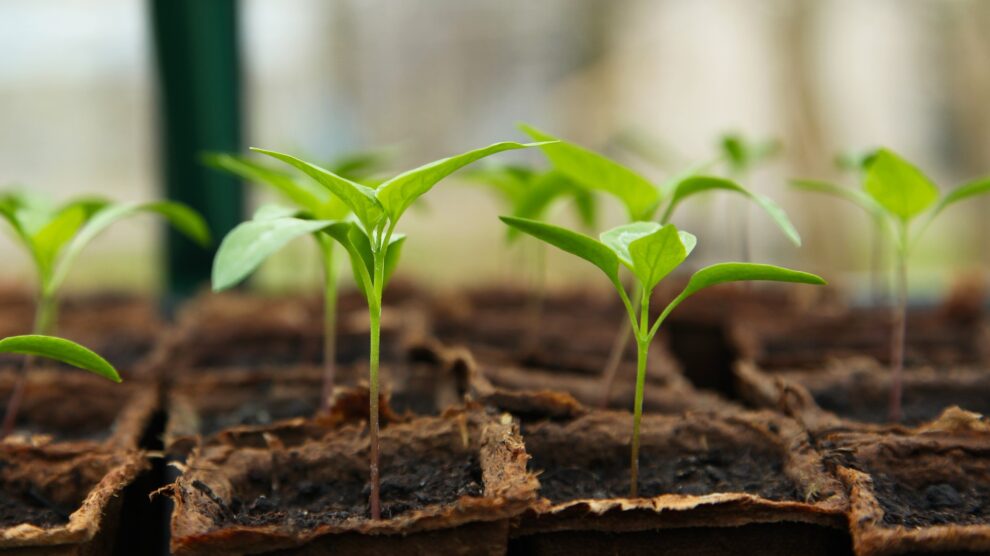Climate change is on everyone’s minds. And it should be. After all, this is the only planet we have. Keeping Earth healthy impacts everyone.
But, even if you’re not convinced that climate change is a real problem, there’s still plenty of reason to prioritize a greener, sustainable future. A 2017 peer-reviewed study in the Lancet revealed that pollution continues to be a major global health concern.
According to the study, pollution was responsible for roughly 9 million premature deaths in 2015. This makes pollution the “largest environmental cause of disease and death in the world today.”
The great news is that product companies and product designers are in a prime position to make a really positive impact. Companies designing products and product designers can protect our planet – and people’s health – through sustainable design choices.
But, what is sustainable design?
The World Commission on Environment and Development defines sustainable design or development as:
…development that meets the needs of the present without compromising the ability of future generations to meet their own needs.
When creating new products, both companies and product designers can advocate and design for the use of green materials. They can design products that minimize waste and energy consumption.
We can all agree that selling products is great, but designing and selling products that support global health instead of undermining it is even better. Challenge yourself to design a better tomorrow with these proven green product design strategies for a more sustainable future.
Design for Improved Product Lifecycle
One of the most effective ways to design greener products is to think beyond the product itself and optimize the product’s entire “lifecycle.” Each and every product goes through a lifecycle of at least 4 stages:
- Manufacturing
- Transportation
- Use
- Disposal
Each of these stages offers opportunities to create or minimize waste and consume or save energy.
So start your design process by taking a step back to reflect on the lifecycle of your product. Find the lifecycle phases with the biggest negative impacts and focus on improving those in your design process.
Here are some questions to consider when examining a product’s lifecycle:
- How much energy is needed to…
- acquire the raw materials?
- assemble the product?
- transport the product to retail locations or ship it to consumers’ homes?
- How much energy does the product consume?
- How much waste does the manufacturing process produce?
- Will the product be recycled or repurposed at the end of its life?
- Will the product biodegrade quickly?
Once you know the answers to these questions, you can begin to identify the biggest sustainability pain points.
“Green” product design doesn’t just mean avoiding toxic chemicals and choosing to build from recycled materials. The product’s manufacture, transport, and operation also impact the product’s sustainability.
Find design solutions that will decrease the highest instances of energy expenditure and waste during your product’s lifetime. Then, ask yourself what will happen to the product when that life ends.
Consider these options to keep your product out of landfills:
Cradle to Cradle
Cradle to cradle thinking plans ahead for your product’s next life.
Plan to recycle your product into something entirely new. Or remove and refurbish components for use in a new device. Or even turn it into fuel to produce something else. As the product designer, the choice is yours and while it takes some planning and thinking, many companies and designers have successfully executed cradle to cradle product design strategies.
And don’t forget sustainable packaging design. After all, once your product is unboxed, the packaging is typically thrown away.
Design for Disassembly
Design for disassembly means that you design with the intent of making it easy to get to the components that will later be used elsewhere. It’s a strategy that supports cradle to cradle thinking.
If it’s too hard to take your product apart, it may never live that second or third life you had dreamed for it in your cradle to cradle planning.
Choose Green Materials
The most obvious way to design a more sustainable and eco-friendly product is to choose “green” materials.
Your first criteria to check when choosing product materials is how it will function in the role you’ve chosen for it?
Look for materials that are:
- Non-toxic. I don’t like being poisoned – do you like being poisoned? Enough said.
- Abundant. Materials that exist in large quantities are a better, more sustainable and affordable choice. Avoid rare materials or you run the risk of completely depleting a resource from our planet. And, as a material becomes more scarce, the price tends to skyrocket.
- Easily Reproduced. Materials that can be easily reproduced are, by definition, sustainable. Think of wood (which can be grown, harvested and regrown) as opposed to coal (a finite resource) which will inevitably run out.
- Rapidly Renewable. Rapidly renewable materials are not only reproducible but quick to reproduce like bamboo, cotton, natural rubber, and cork.
- Low Waste. Choose materials that produce less waste. For instance, it takes 85 lbs of material to create 1 lb of virgin aluminum, but only 7 lbs of material to create 1 lb of virgin steel.
- Recycled, Recyclable or Biodegradable. You will create less waste and save energy (that would otherwise be expended creating new virgin materials) by using recycled materials.
Make Choices That Reduce Consumption
The heart of sustainability is to avoid using more resources than we can replenish in a useful span of time. One of the easiest ways for a product designer to make more sustainable choices is by reducing the amount of materials or energy that will go into a product in the first place.
Here are a few strategies to minimize your next product’s resource consumption:
Prioritize Energy Efficiency
Materials that require less energy to produce, transport, operate, and dispose of are said to have low embodied energy. You can design products with a smaller carbon footprint by using materials with low embodied energy.
Lightweighting
Lightweighting is a strategy that focuses on making your product with less material – hence, making it lighter in weight. This has a positive environmental impact across the board – from the amount of energy needed to acquire the materials, to the volume of resources consumed, to the amount of energy needed to transport and dispose of the product.
Lengthen Product Lifespan
Designing a product to last is a very effective green technique.
Think about it. Purchasing one sweater over ten years consumes fewer resources than purchasing ten sweaters over ten years. And, it’s not just the resources. It’s the embodied energy of one sweater lifecycle vs. the embodied energy of ten sweater lifecycles.
In fact, even some “green” products can be less green than a single product that lasts a long time. For instance, a single ceramic plate used over and over is a more environmentally responsible choice than a stack of disposable, biodegradable paper plates.
Sustainable Product Design Can Make a Difference:
Companies and product designers have a lot of power to make choices that positively impact our environment – and by extension – us. It may be a whole new way of approaching a design challenge for you. But, it’s worth it.
When faced with a seemingly insurmountable challenge like fighting global pollution we often ask ourselves, “I’m just one person, what can I do?” But companies and product designers who make responsible informed choices about the design of their products can make the world a better place for all of us.





